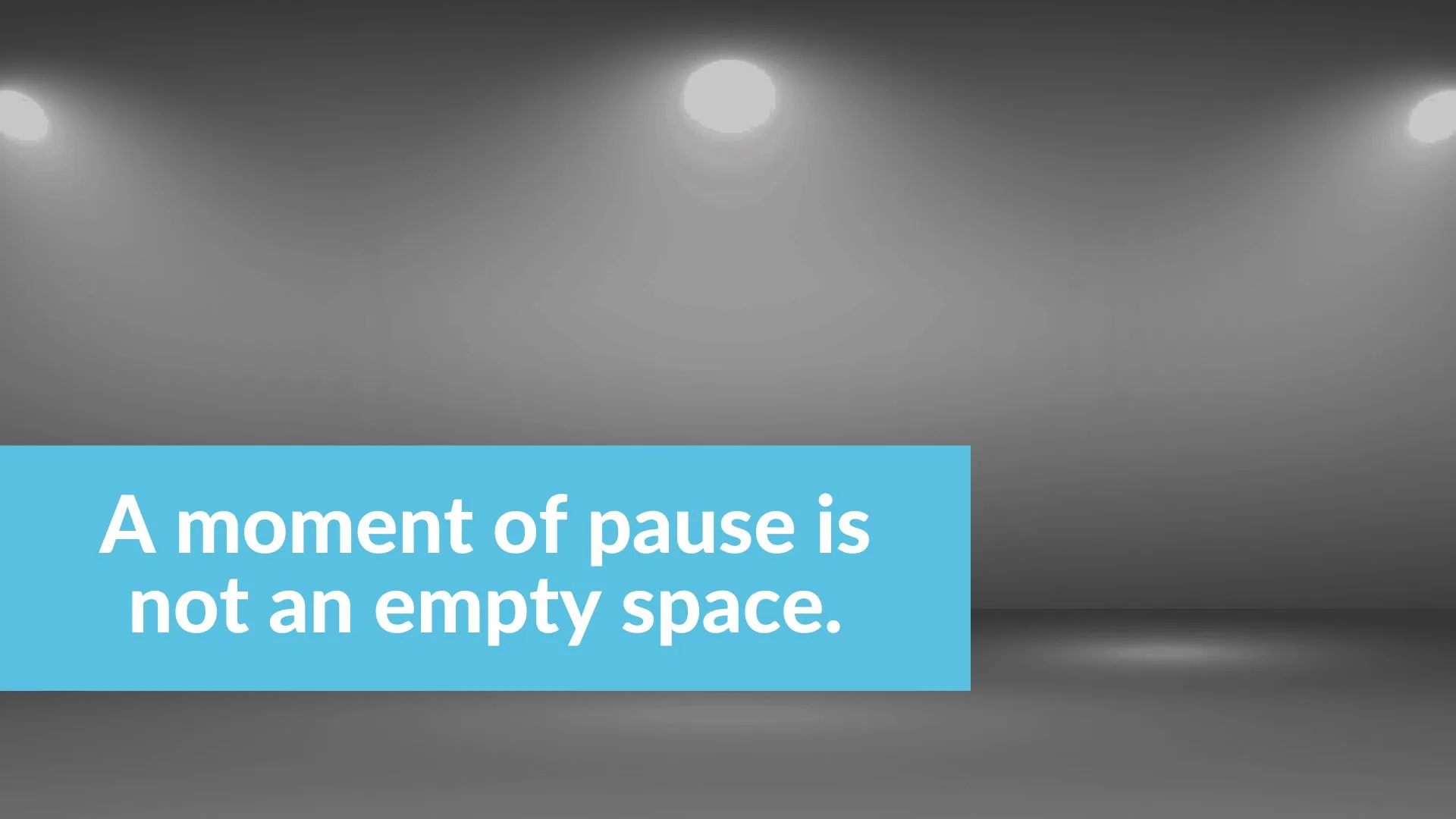I’m sure you heard about the importance of pausing during a speech or presentation. There are several practical reasons to do so, and you can find some tips on the perfect moments to use this technique right here in our blog.
Yet, there is science behind the importance of pause, namely psychology. Why does your brain react the way it does to pausing?
Adding Silence
The idea of stop talking in the middle of a speech is often seen negatively by inexperienced speakers. Well, it can be if you’re not purposely pausing but just forgot what you were about to say. That is what makes you feel insecure.
A well-chosen pause is something entirely different. When preparing your speech, you want to add some of those. They tell something to your audience. Pauses and silences are not just empty spaces in your presentation.
Breeeeath
The psychology of pausing starts with the speaker. Most of us tend to speak until we can’t breathe anymore. We want to finish the presentation as fast as possible and at any cost. It’s the worst approach possible…
This way, you are not presenting anything. You’re trying to fill a space, and the hurry makes you feel more anxious and physically ill. Pausing helps the speaker regain the calm because it tells your body that everything is fine and you’re safe. Besides, it has a very practical issue: how many times did you say something that you regretted the moment the words came out of your mouth? That’s because you weren’t thinking. Pausing at the right moment helps prevent that sort of mistake.
Control the room
Psychologically speaking, the pause has a tremendous impact on the listener. When someone is talking to you and suddenly becomes silent, you feel pressure to say something or act in a way. Before an audience, a well-timed pause will promote the audience’s engagement. They realize you’re waiting for something.
Depending on the pause length, it can mean you want them to pay attention, to say something, or simply to be quiet. Many people underrate the impact and importance of the pause in the audience’s attention.
However, a study concluded that the pauses must be well placed. Otherwise, they will distract the audience, who finds them as a barrier to effective communication. This way, you should pause at the end of an idea and not in the middle of an utterance.
Discomfort
Discomfort gets attention, and silence means discomfort because your audience perceives it as you wanting them to do or say something.
A moment of silence is a moment when every eye turns to you, even the ones who were distracted. Each audience member feels as if you are calling them.
Pausing in the right away
One of the concerns one can have as a speaker is, “What if they don’t like me?” The study cited above has shown that the more effective the communication is, the more likable the speaker is. This leads us to conclude that you should focus on the effectiveness of your communication more than anything.
While some people might think about pauses as an empty moment that will kill the enthusiasm, they tend to help your audience to have time to think about what you just said. In the same way, while pausing, you can efficiently structure what you’re going to say next. These two factors are responsible for more effective communication.
Use your pauses wisely, and conquer your audience.
The silence speaks
A pause is a moment of silence, not a moment of nothing. A strategically used pause helps you build a connection and a relationship with your audience.
When you pause, you deliver a message to your audience without using a single word. Use it wisely.
Cátia is a psychologist who is passionate about helping children develop and train social skills.



Leave a Reply